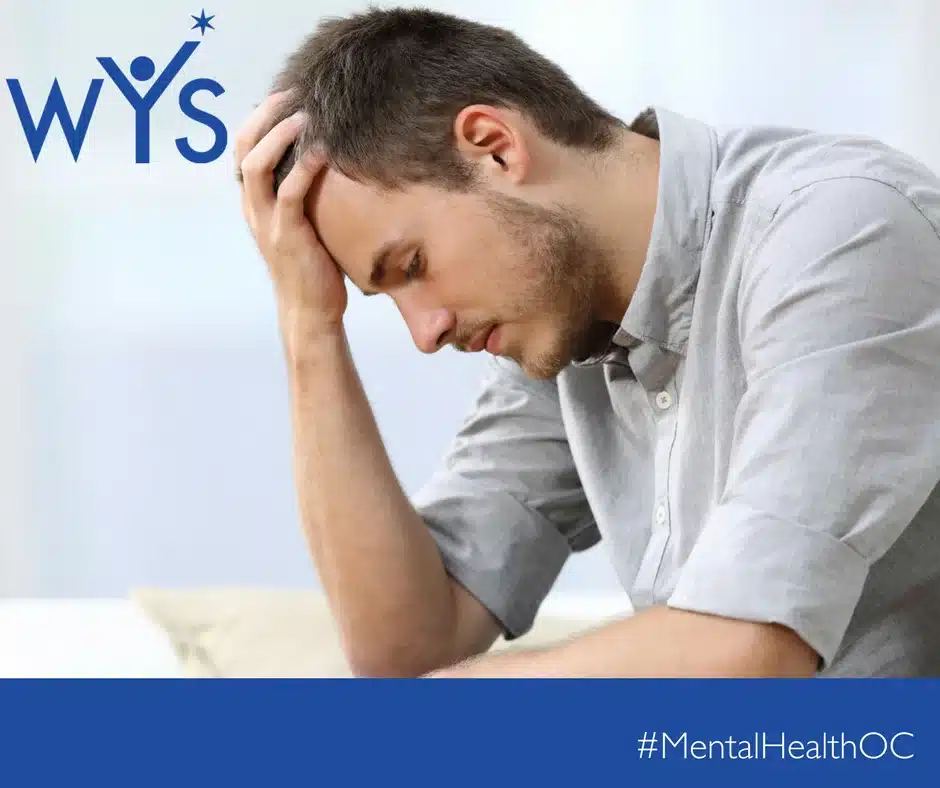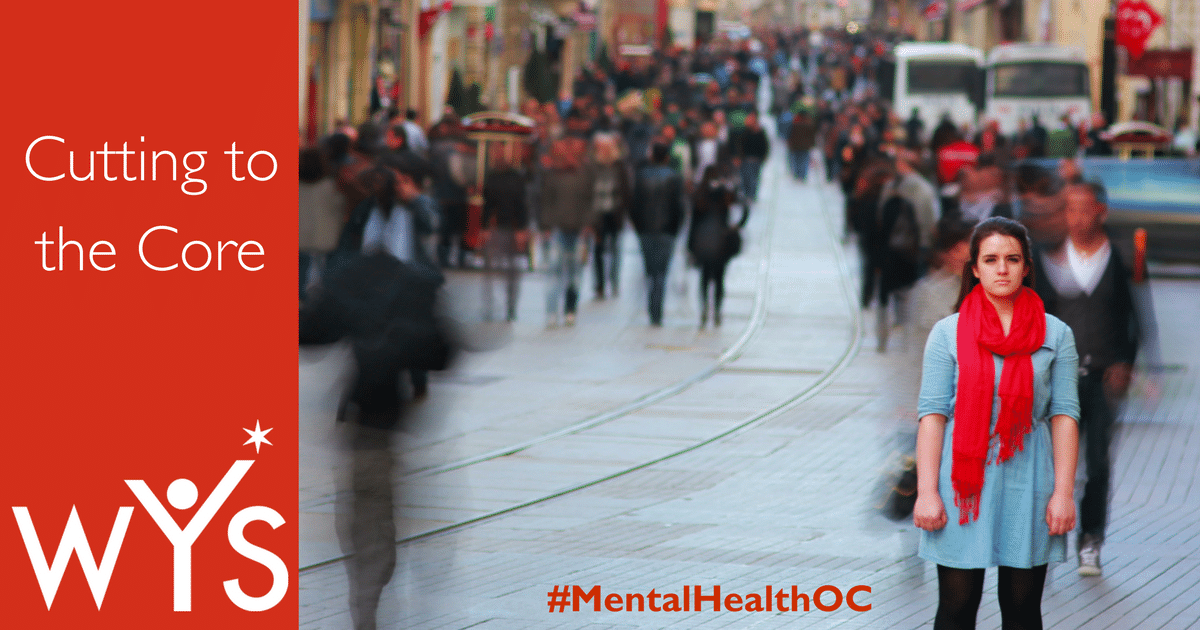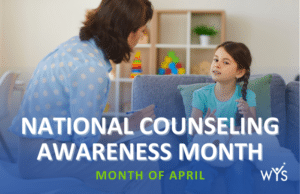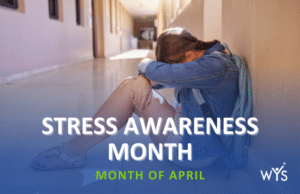Cutting to the Core
Nonsuicidal Self-Injury or self-harm, shows up in the form of intentional self-mutilation, often cutting. According to research compiled by The Journal of the American Board of Family Medicine the numbers are staggering, 15% of adolescents in the US are afflicted, and the number increases from 17% to 35% to college-aged students.
Since people who inflict self-harm often hide the scars from parents and guardians; it can go on for years without being addressed. In this article, we share how self-harm is different than a suicide attempt, several of the warning signs to look for, and ways to get help.
The information below is summarized from a discussion with one of our clinicians, Shannon K. Wilson, Psy.D., Clinical Supervisor and Director of Program Evaluation. Dr. Wilson has worked extensively with both adolescents and college students who have inflicted self-harm by cutting.
We are grateful for Dr. Wilson’s experience, compassion, and willingness to share. Although there are many forms of self-harm, we are going to focus primarily on cutting. We know that this information will help others, if you know someone who needs this, please pass along.
Self-Harm/Cutting Versus Suicide or Suicidal Ideation
During my years in clinical work at another agency, there were quite a few cases of teen girls and college aged girls who were self-harming. At that time, they were all placed into the category of suicidality. Most of them were cutters and they had numerous signs of self-harm.
As a result of the conversations with these clients, I quickly learned that not all were suicidal. I concluded there was a big difference between unsuccessful suicide attempts and cutting or self-harming and the treatment needed to match the diagnosis.
These young women and a growing number of young men needed a different type of help than what was being offered to them so I began running support groups. More and more came forward with reports of cutting. None of them reported being suicidal. Although cutting behavior and suicide attempts were often considered to be the same by the media and the mental health community, self-harming behavior does not necessarily lead to suicide attempts or completion.
Self-harm did not appear to be about attention getting. Clients shared that they found a secret solution and didn’t want this coping mechanism taken away from them. We found that the combination of support groups and therapy provided the mix of support needed to resolve the underlying causes and/or trauma, and finding different coping strategies.
The vast majority of these clients reported they did not want to kill themselves, yet they also did not want to be caught cutting and didn’t want people to know. When discovered, this is a scary situation that people do not feel equipped to handle without guidance. First and foremost, if parents and caregivers suspect or notice self-harming behavior, it is imperative to seek professional help for their child to learn how to support and understand the complexity of the situation.
The Pain is Inside
It’s common for people that are living with one or more unresolved trauma experiences to turn to cutting or self-harm as a coping mechanism. From the outside looking in it looks painful and unreasonable. One might ask, “Why would anybody voluntarily cut themselves?” However, it’s a paradox; they perceive that self-harm releases the pain.
The initiating trauma can be an invisible incident such as feeling unloved, unworthy, and incompetent and feeling there must be “something wrong with me.” Perhaps on the outside they appear to have no real reason to be unhappy, yet they are in crushing pain. This pain could also be a result of a traumatic event or tragedy.
The level of the trauma does not appear to matter. The pain is real to them, they need to heal.
The Warning Signs

There are several warning signs, including, but not limited to:
- Wearing clothes that might be inappropriate for the weather such as long sleeves on a hot day.
- Reluctance to show arms and legs.
- Pulls away from friends and activities.
- Change in in diet, hygiene, and sleeping patterns.
- Surly attitude, inability to get along with others.
- Missing school and extracurricular activities.
- Change in grades.
- Limited eye contact.
Due to feelings of shame and stigma surrounding self-harming behavior they may go to extremes to hide the signs of cutting. Once again, if you suspect someone is harming themselves, tell someone and/or seek professional help to learn how to support and understand the complexity of the situation.
What to Do When Your Friend Cuts
Parents are often the last to know… friends usually know before anyone else and they don’t know what to do. They want to help their friend who is begging them not to tell anyone. This is a tough situation for anyone, and it usually happens to a pre-teen or teenager.
They are in a tough position, they do not want to betray a confidence. Yet, they know that it’s important to provide support and try to help their friend understand that this is something that needs to be talked about with an adult and help them find someone they trust and are willing to talk to. It’s completely understandable if it is not their parent or guardian, perhaps it is a trusted teacher or counselor or another parent.
If the person who is self-harming is unwilling to reach out for help, the friend should tell them that they care about their friend’s well-being and will find someone they can trust to help. We encourage the friend to also take care of themselves and talk to a trusted adult. It’s too serious an issue for a teenager to carry around, for either one of them.
Where to Find Help
Support Groups
Support groups are an amazing resource for these teens and young adults. Meeting and talking to other people that are experiencing the same thing can be very helpful.
That moment when another person says “I cut because it feels good” is a big sigh of relief because somebody else understands. Providing a safe and consistent haven that is enlightening and builds trust results in breaking down the barriers. This is a safe space where open discussion about the underlying issues is welcomed and assisted by a mental health professional who often knows great questions to ask to get to the root cause. Self-harm is often the result of trauma or abuse and through the support of the group and the mental health professional they learn coping skills for dealing with the pain instead of cutting.
Understanding, trust, and helping these young women and men feel heard leads to healing. They realize that they are NOT weird or a freak. They are simply finding their tribe and support groups can have a significant and positive impact, many of the clients I have worked with over the years move on to lead happy and successful lives and no longer harm themselves.
Support Group Resources
Nationally
- 24 Hour National Crisis Lines Within The United States
https://www.nmha.org/self-injury - Suicide Prevention Lifeline
https://suicidepreventionlifeline.org
800-273-TALK (8255) - 24-hour crisis hotline if you’re about to self-harm or are in an emergency situation.
800-SUICIDE (784-2433) - The S.A.F.E. ALTERNATIVES® (Self-Abuse Finally Ends)
800-DON’T-CUT (366-8288)
[email protected]
www.selfinjury.com
Their philosophy begins with the assumption that, although temporarily helpful, self-injurious behavior is ultimately a dangerous and futile coping strategy which interferes with intimacy, productivity and happiness. There is no “safe” or “healthy” amount of self-injury. We also believe that self-injury is not an addiction over which one is powerless for a lifetime, people can and do stop injuring, with the right kinds of help and support. Self-injury can be transformed from a seemingly uncontrollable compulsion to a choice.
Locally in Orange County, CA
- Contact Western Youth Services via our Outreach and Engagement Team – We are here to help
North Orange County – (714) 517-7107
South Orange County – (844) 243-0048 Toll Free
[email protected]
Mental Health Professionals
If a parent or caregiver learns that their child or a loved one is self-harming in any way whether it be cutting or some other form, try not to panic; remain as calm as possible and listen. Seek the help of a mental health professional and ask for a thorough assessment.
Ask questions about what to expect in the treatment and how you might be able to provide support and encouragement for your loved one. Parents, caregivers, and friends are an integral part of the treatment. Clients may see a mental health professional individually, in a support group, or both.
Self-harm should never be ignored, attributed to attention seeking, or teen drama.

Lorry Leigh Belhumeur, Ph.D.
Chief Executive Officer
Western Youth Services







